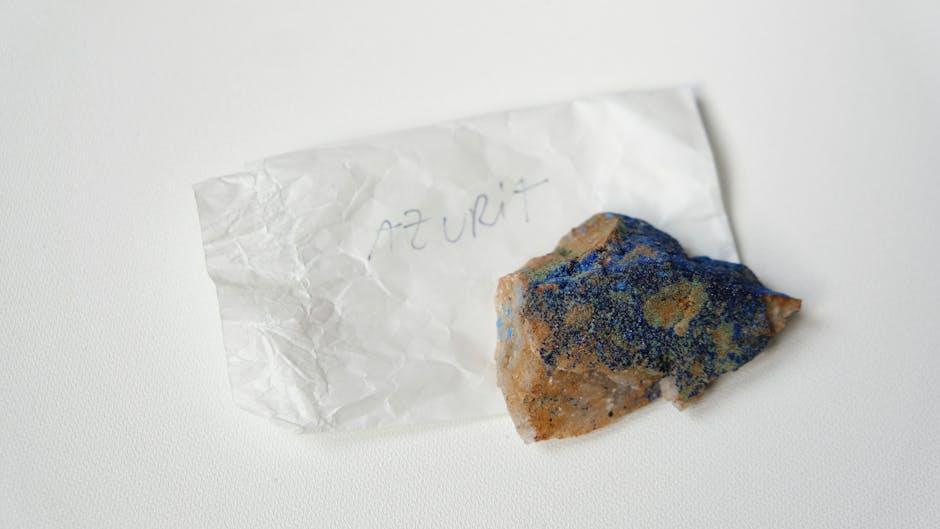Dungeons & Dragons Is a Household Name Again
In recent years, there has been a resurgence in the popularity of an unlikely pastime – Dungeons & Dragons (D&D). Once considered a niche hobby reserved for a select group of enthusiasts, this role-playing game has broken free from its underground roots and has become a household name once again.
Originally created by Gary Gygax and Dave Arneson in the 1970s, Dungeons & Dragons gained a dedicated following. Participants were drawn to its unique blend of collaborative storytelling, strategic thinking, and imaginative adventure. However, it soon found itself battling against stereotypes and stigmatization as a game exclusively played by social outcasts and misfits.
For years, D&D retained a loyal fanbase, but it never fully transcended its niche status. However, in recent times, the game has experienced a resurgence, and its popularity has spread like wildfire beyond its traditional fanbase.
One of the main catalysts for D&D’s resurgence is the rise of online streaming platforms, particularly Twitch. Twitch has become a hub for creators to share their D&D campaigns in real-time, allowing viewers to witness engaging storytelling and fascinating role-playing sessions. Critical Role, a popular D&D web series on Twitch, has played a significant role in bringing the game back into the limelight, drawing in millions of viewers who may have never considered playing the game before.
Moreover, social media platforms like Twitter and Instagram have provided a space for D&D lovers worldwide to connect, share their experiences, and create a vibrant community. The ease of finding like-minded individuals has helped foster an inclusive and supportive environment, encouraging more people to embrace the game.
Another factor contributing to D&D’s resurgence is its cultural relevance. With the resurgence of fantasy genre in mainstream media, such as the success of Game of Thrones and the Marvel Cinematic Universe, people have become more open to exploring magical worlds and epic adventures. Dungeons & Dragons, with its ability to transport players to immersive and fantastical realms, aligns perfectly with this growing interest.
One of the most significant changes that have fueled the game’s popularity is its new accessibility. In the past, playing D&D required multiple manuals, complex rules, and hours of preparation. Today, Wizards of the Coast, the publisher of D&D, has streamlined the game, making it easier for newcomers to get involved. Starter sets and online resources, along with fan-made guides, have simplified the process, allowing individuals and families to jump into the world of D&D without feeling overwhelmed.
Furthermore, D&D has found new life in schools and educational settings. Educators have recognized the game’s benefits in promoting critical thinking, problem-solving, teamwork, communication, and reading comprehension. D&D campaigns have become a tool for enhancing imagination and creativity, fostering empathy, and teaching math skills in a fun and interactive way. As a result, D&D has found its place within the curriculum and extracurricular activities, introducing a new generation to its enchanting universe.
Dungeons & Dragons is no longer a game confined to basements and musty gaming stores. It has made a triumphant return, capturing the hearts and imaginations of people from all walks of life. With the power of technology, changing societal perceptions, and a renewed focus on accessibility and education, it has truly become a household name once again. So, gather your friends, roll the dice, and embark on an adventure that will transport you to a world where anything is possible. The resurgence of D&D is a clear testament to the power of imagination and the timeless appeal of storytelling.

